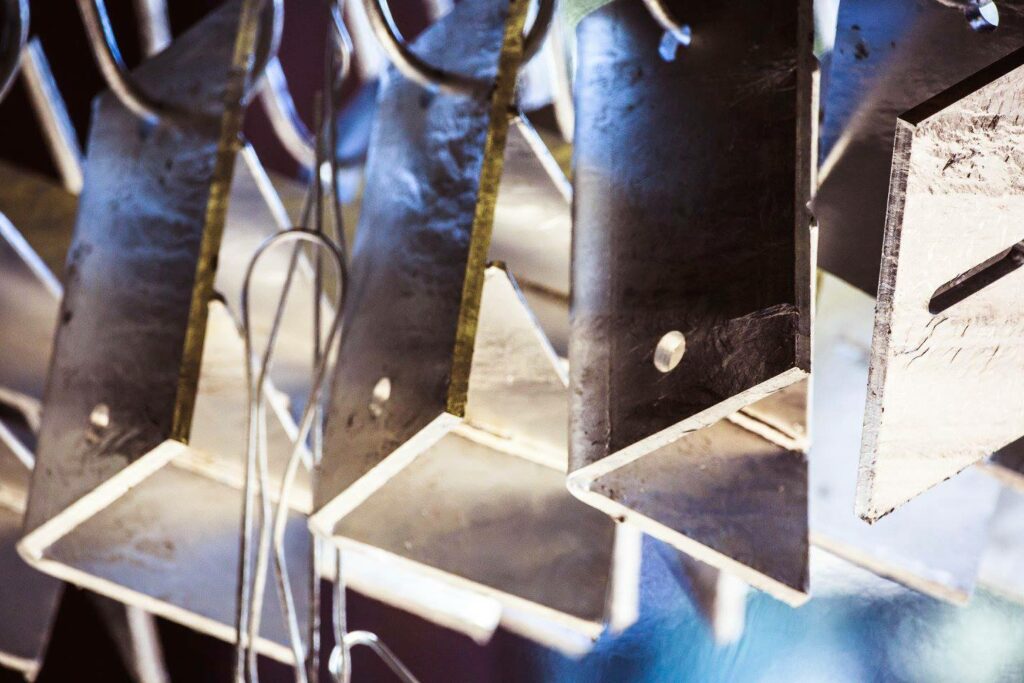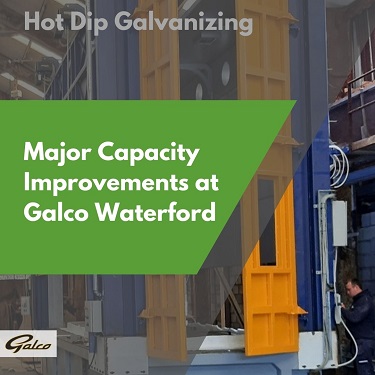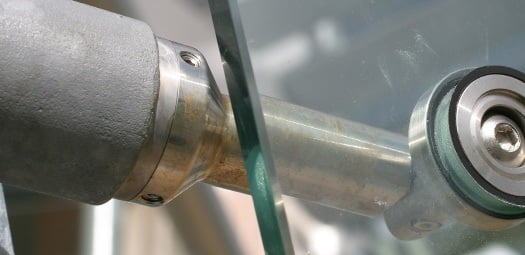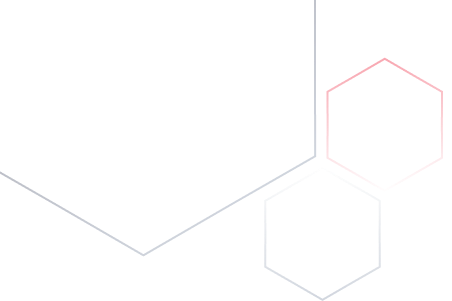Galvanising Reactive Steel
Galvanising Reactive Steel Galvanising Reactive Steel Galvanising provides a metallurgical coating, which means the reactivity of the base steel will affect the coating structure and appearance. While most steels are suitable for galvanising and produce a shiny, silver coating, high reactive steels produce a coating that’s typically two to ten times thicker and composed primarily […]
Galvanising Reactive Steel Read More »





